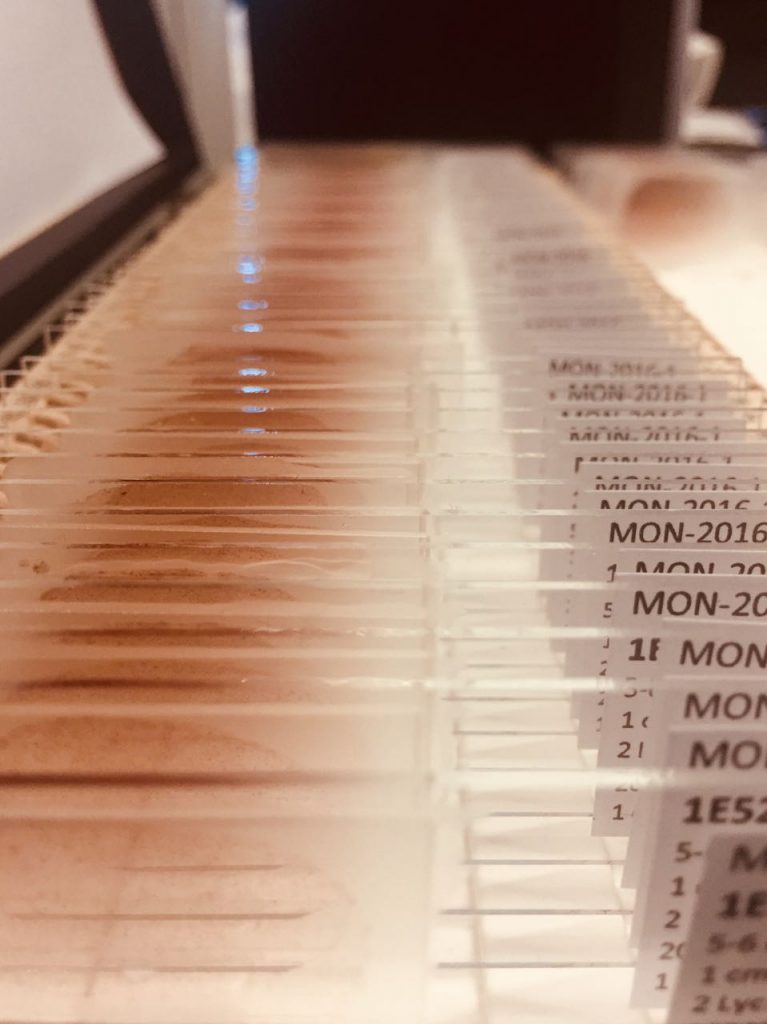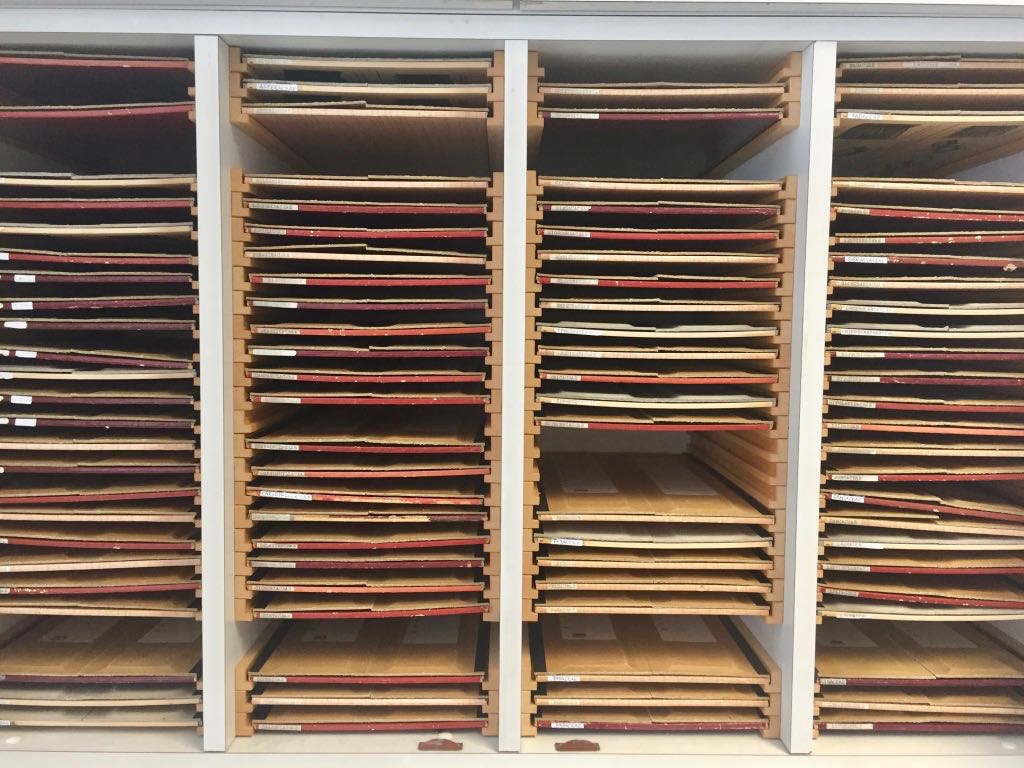Since introduced by the middle of 20th century, radiocarbon dating has been used in a large variety of disciplines. In palaeoecology, it has allowed for a major improvement in dating past phenomena. The ground principle is fairly simple: the isotope 14 of carbon (14C) is radioactive and decays following one criterion, namely the half-life. The half-life means the time necessary for the original quantity to reduce to half. For 14C, it is about 5730 years!
Living organisms, just like you, accumulate carbon in their tissues all life long. This includes a certain proportion of radioactive carbon as well, but don’t be afraid, you don’t bare any risk 🙂 This proportion is kept similar to the atmospheric level of radioactive carbon, but by the death of an organism, it is not renewed anymore and starts to decay. Half of it, every 5730 years. Therefore, if you can measure how much of radiocarbon is left in a sample today and how much of non-radioactive carbon it contains, you can use its half-life, do the reverse maths and deduce the date of this (sad) event.
Continue reading →
